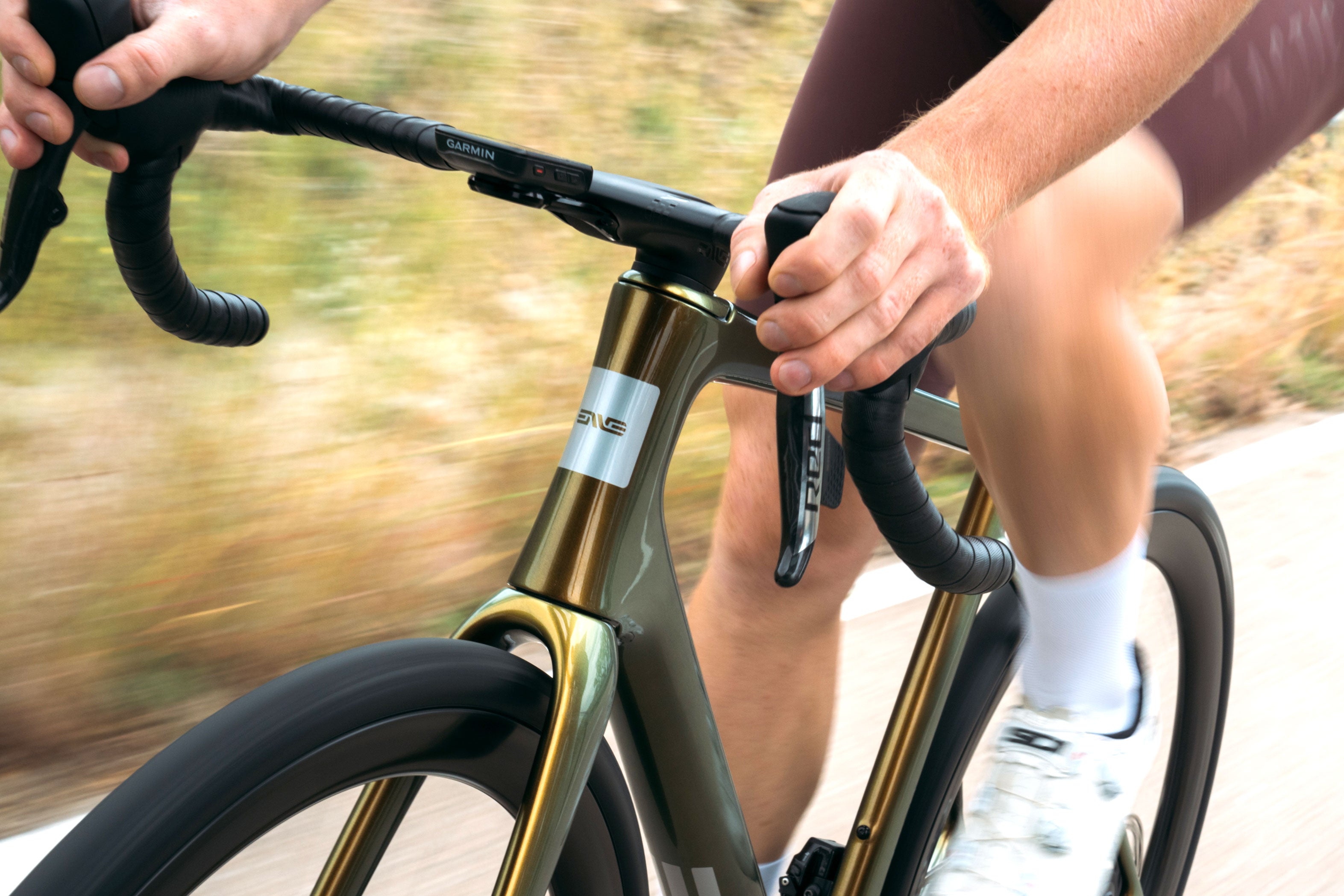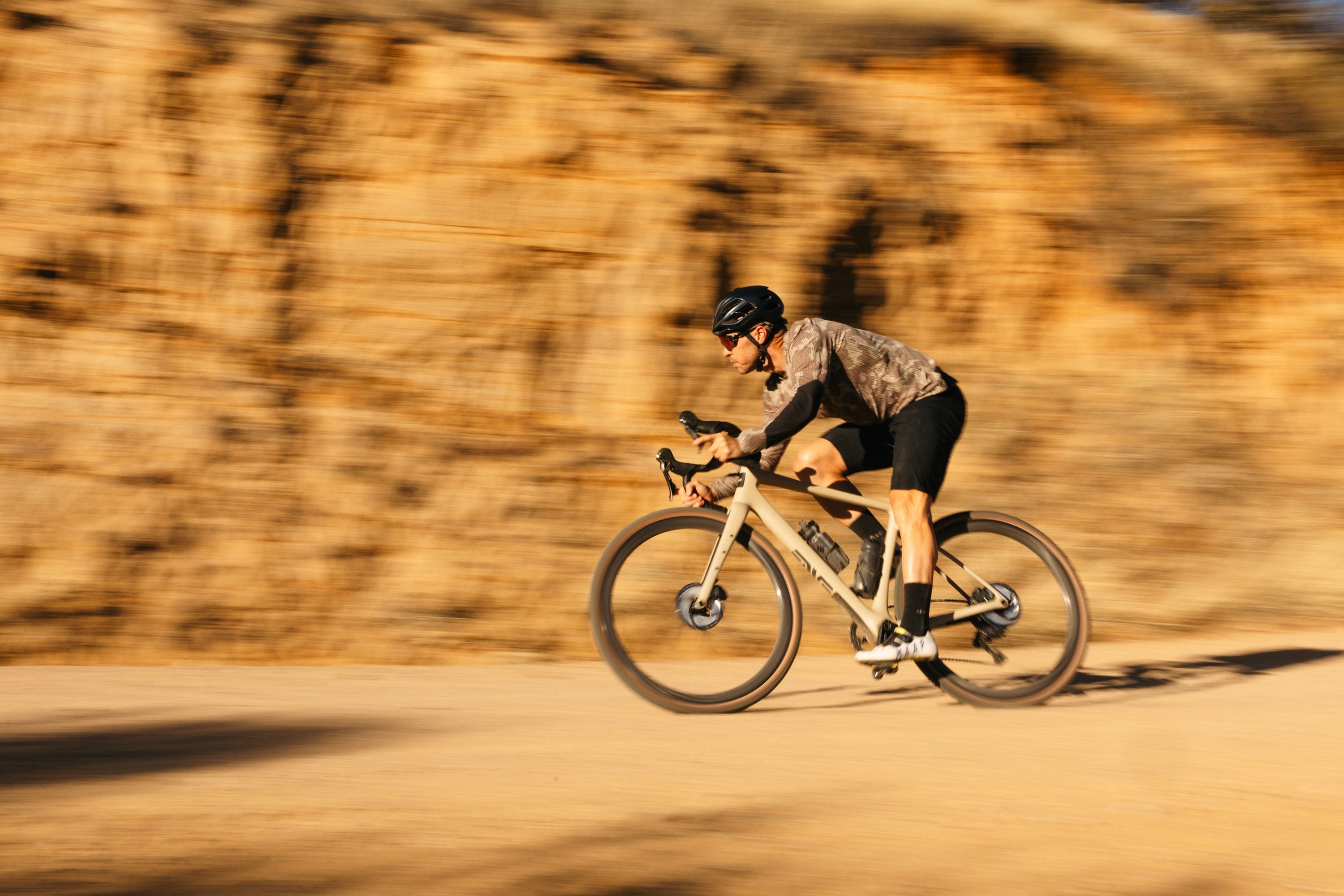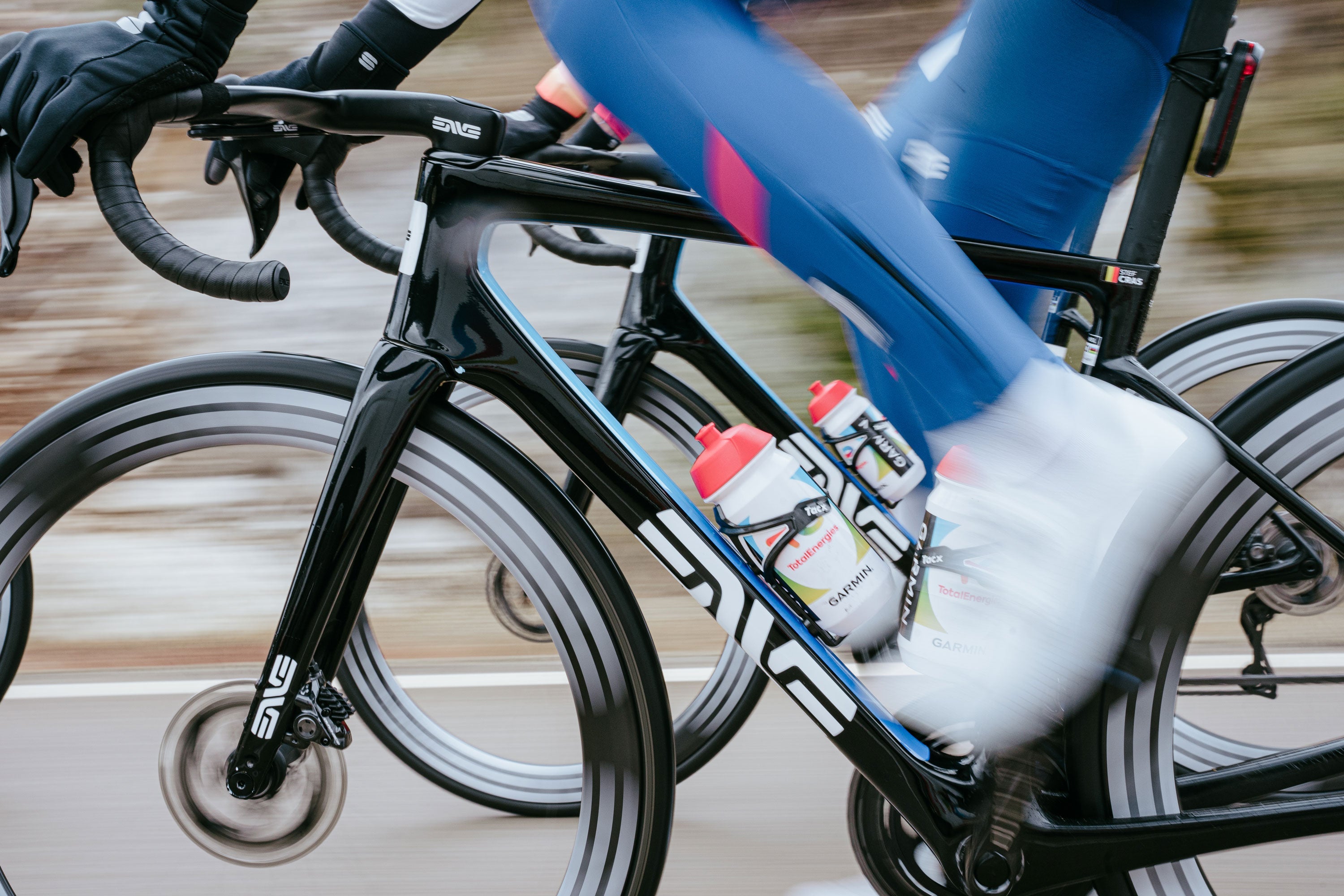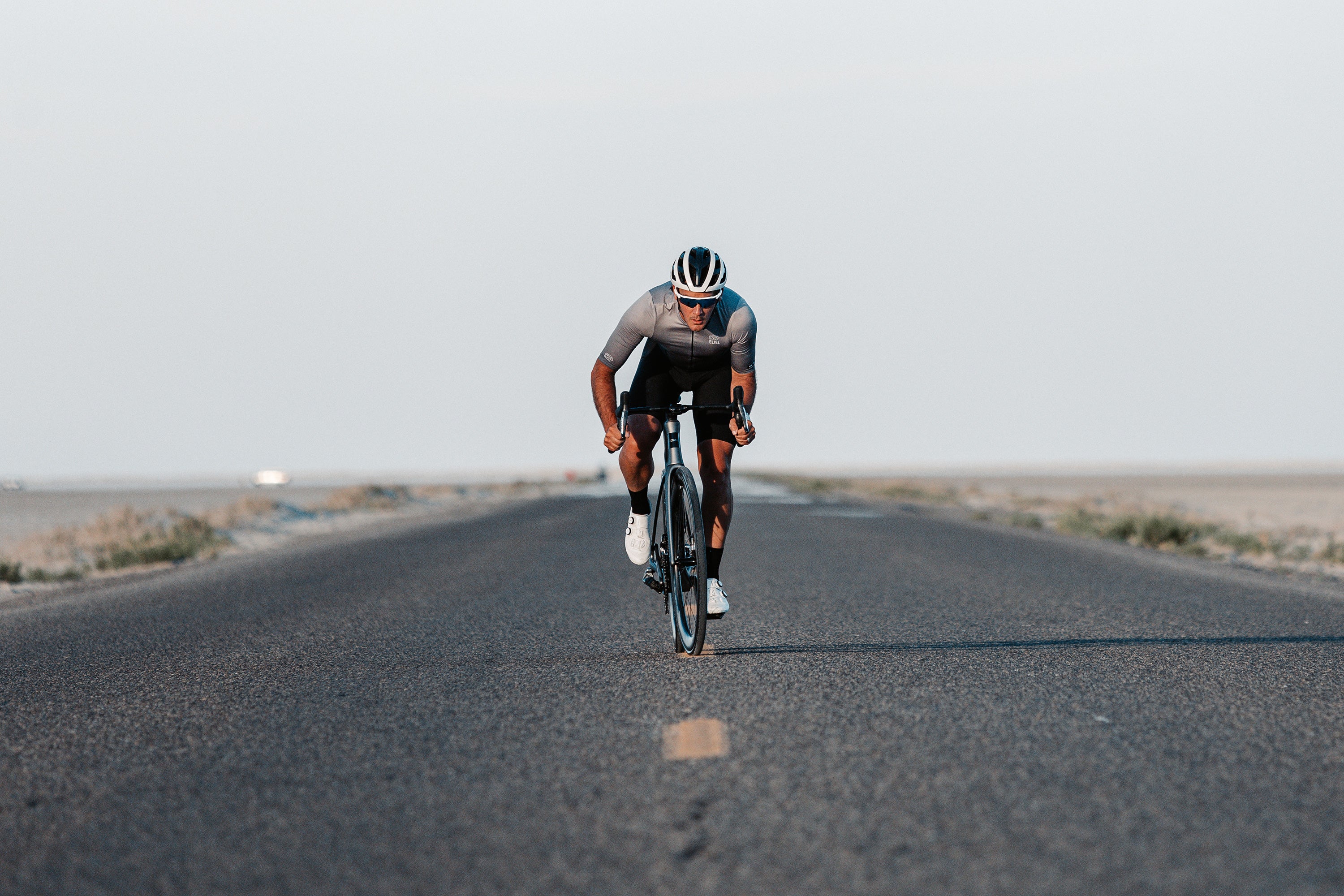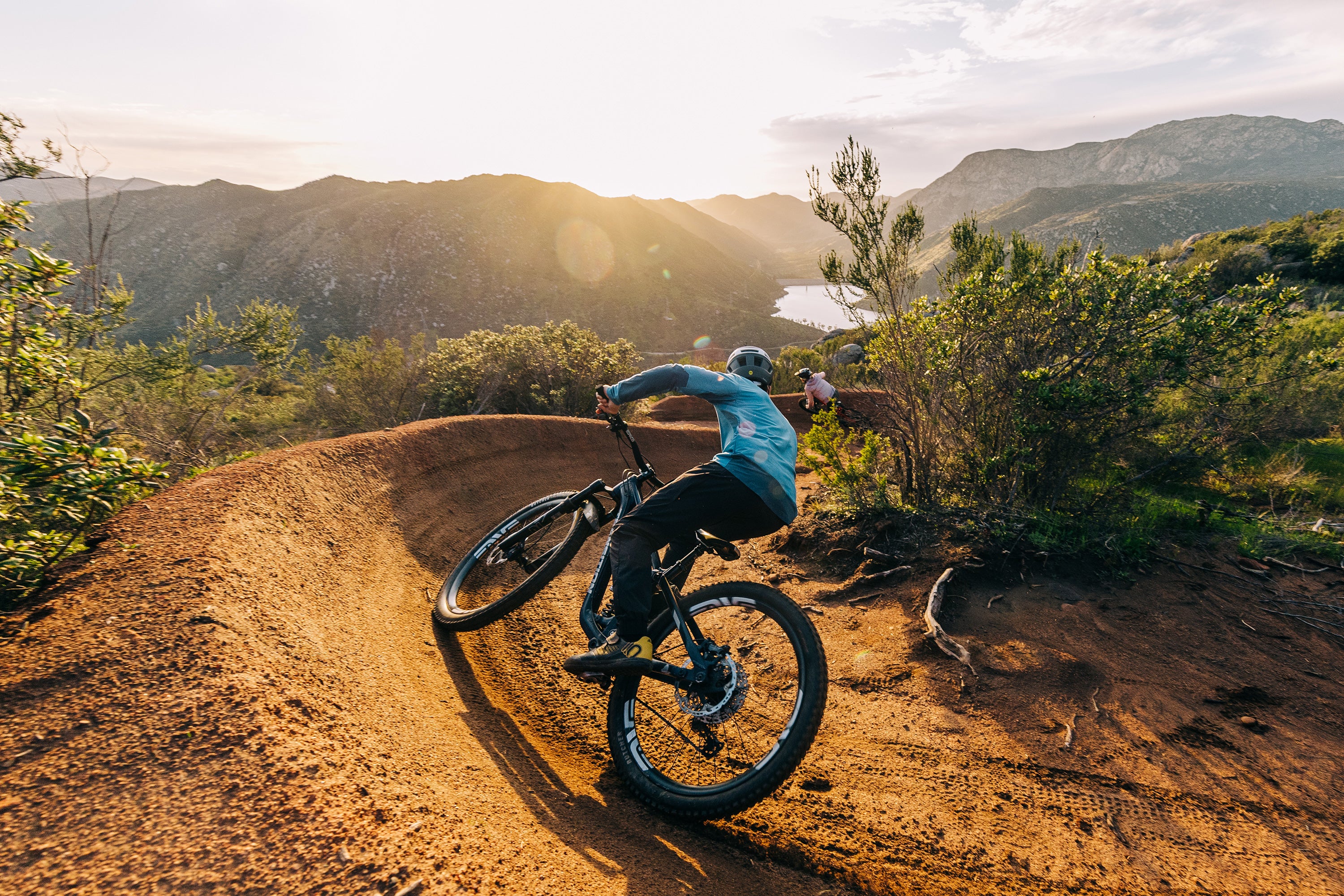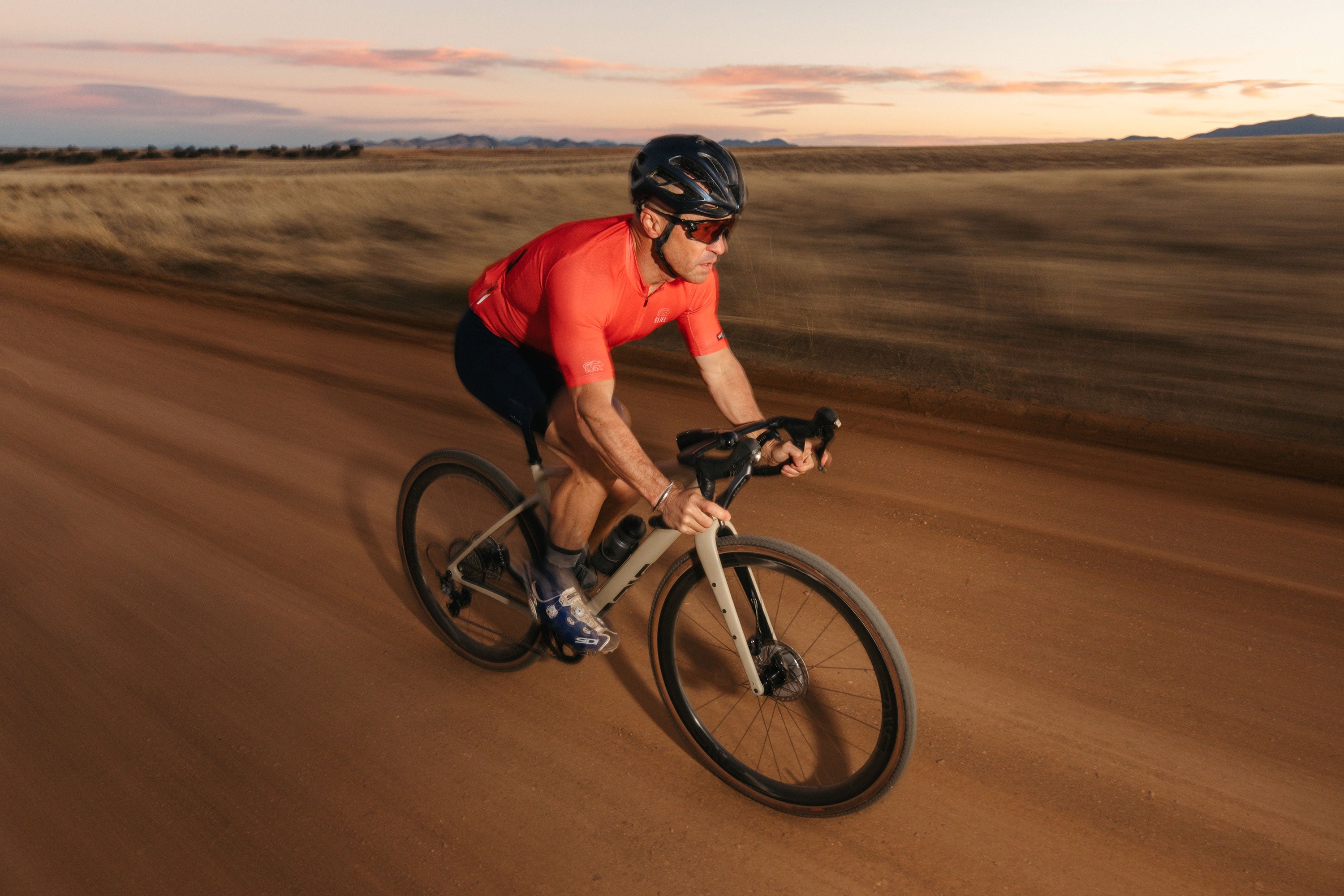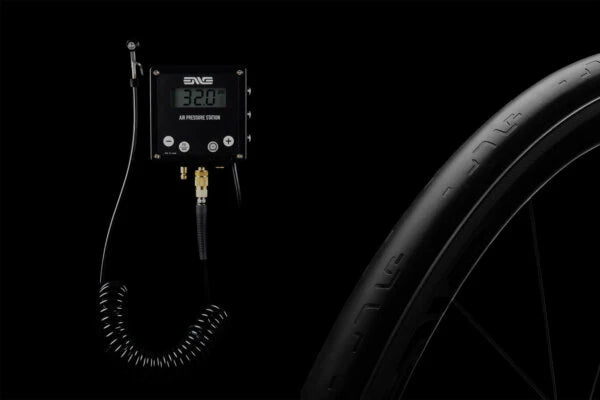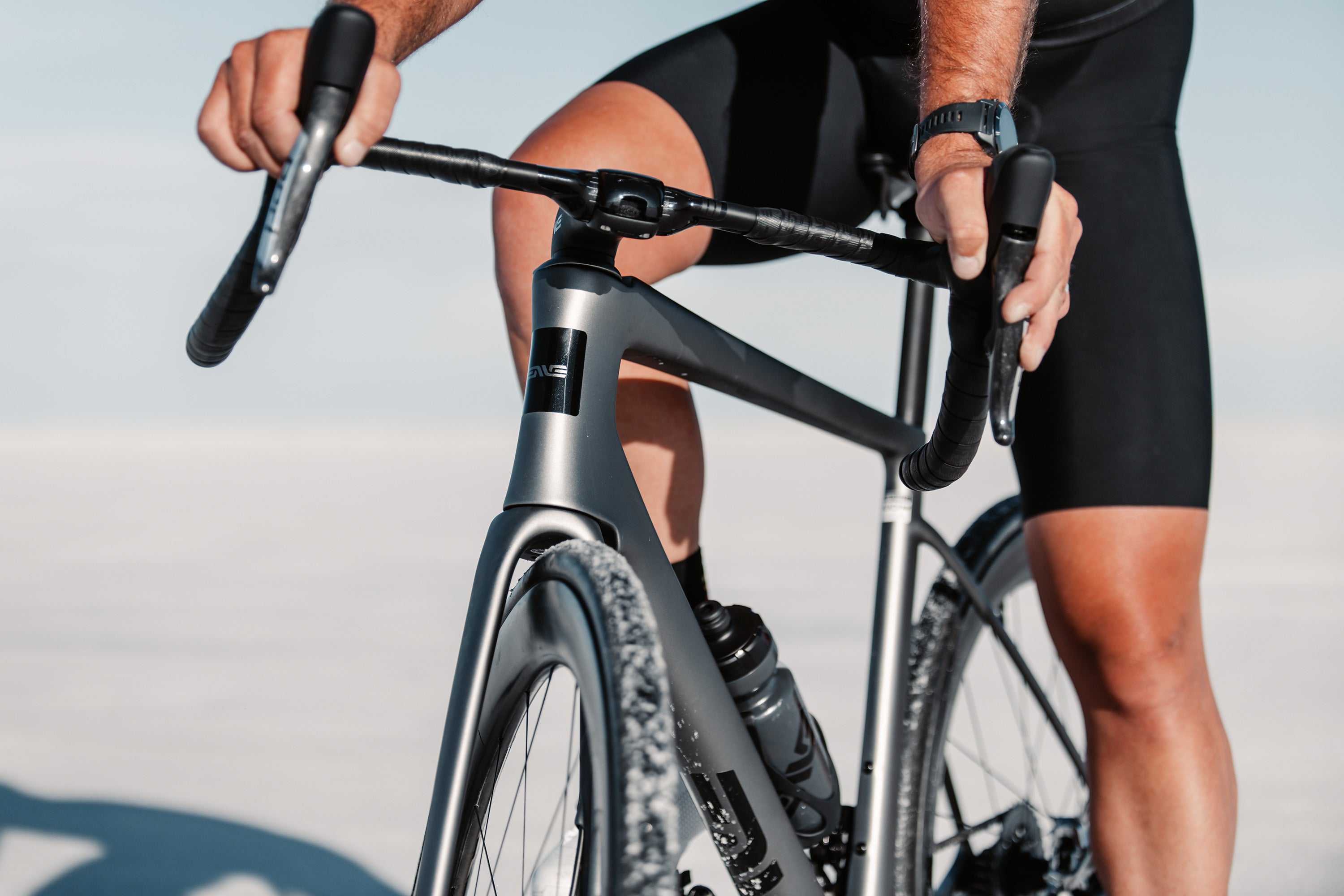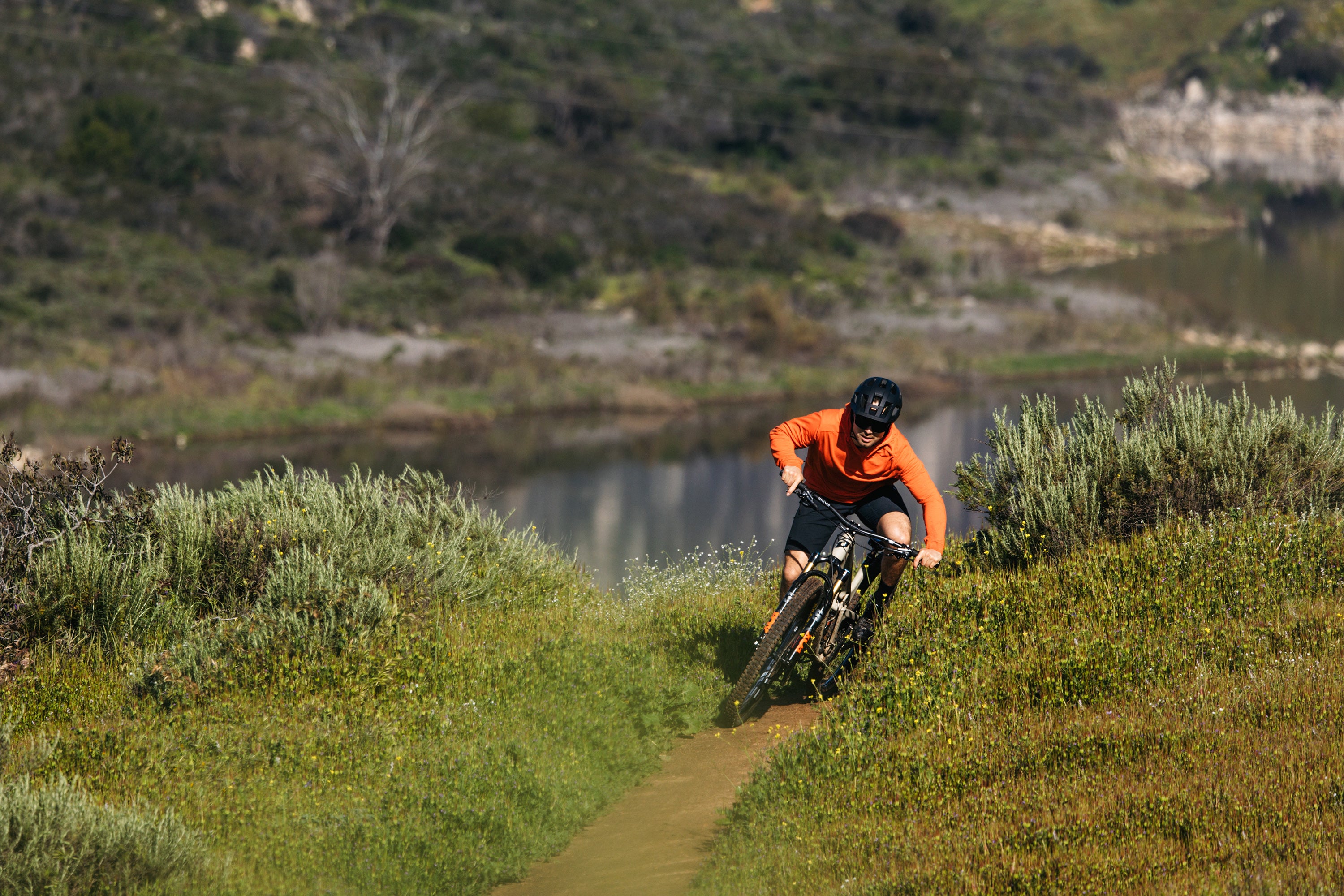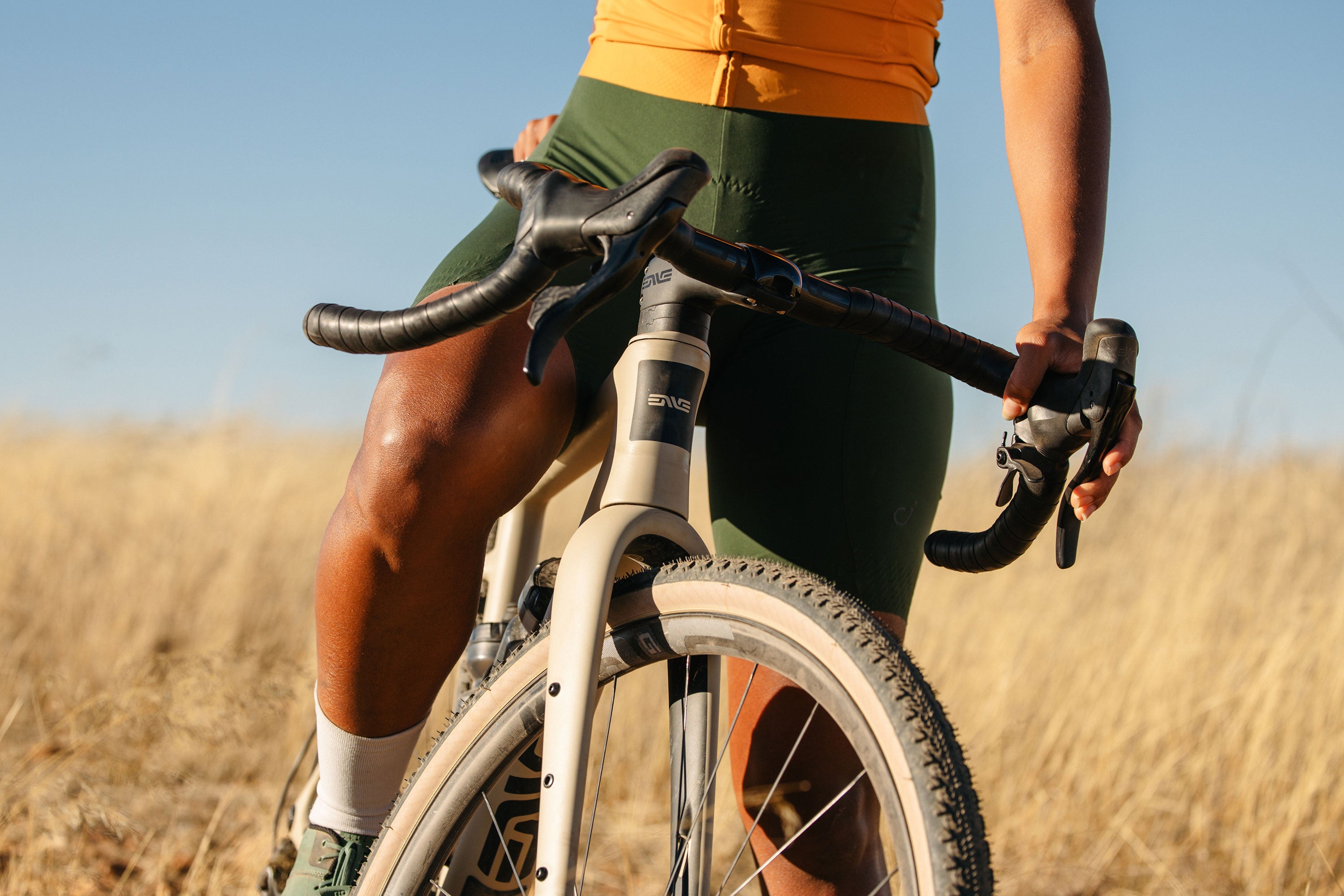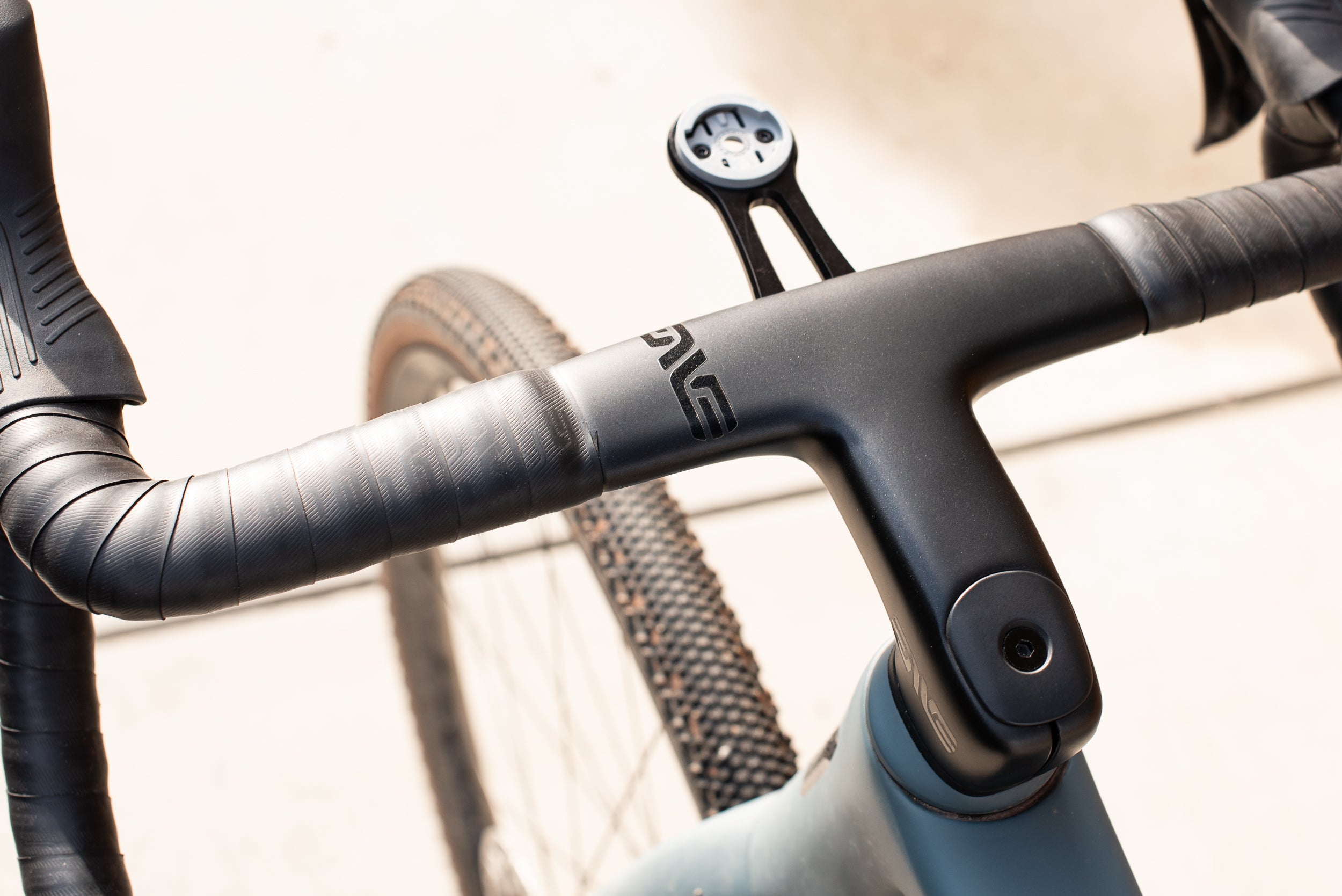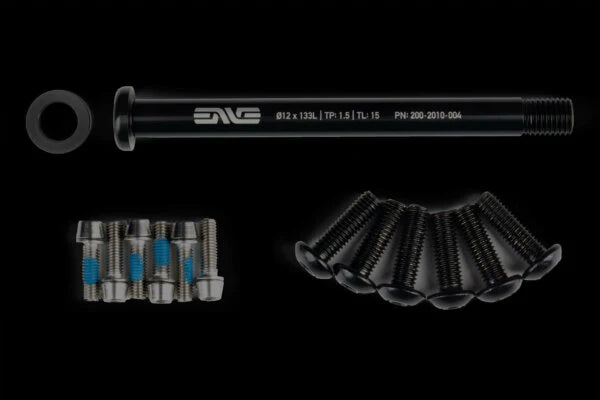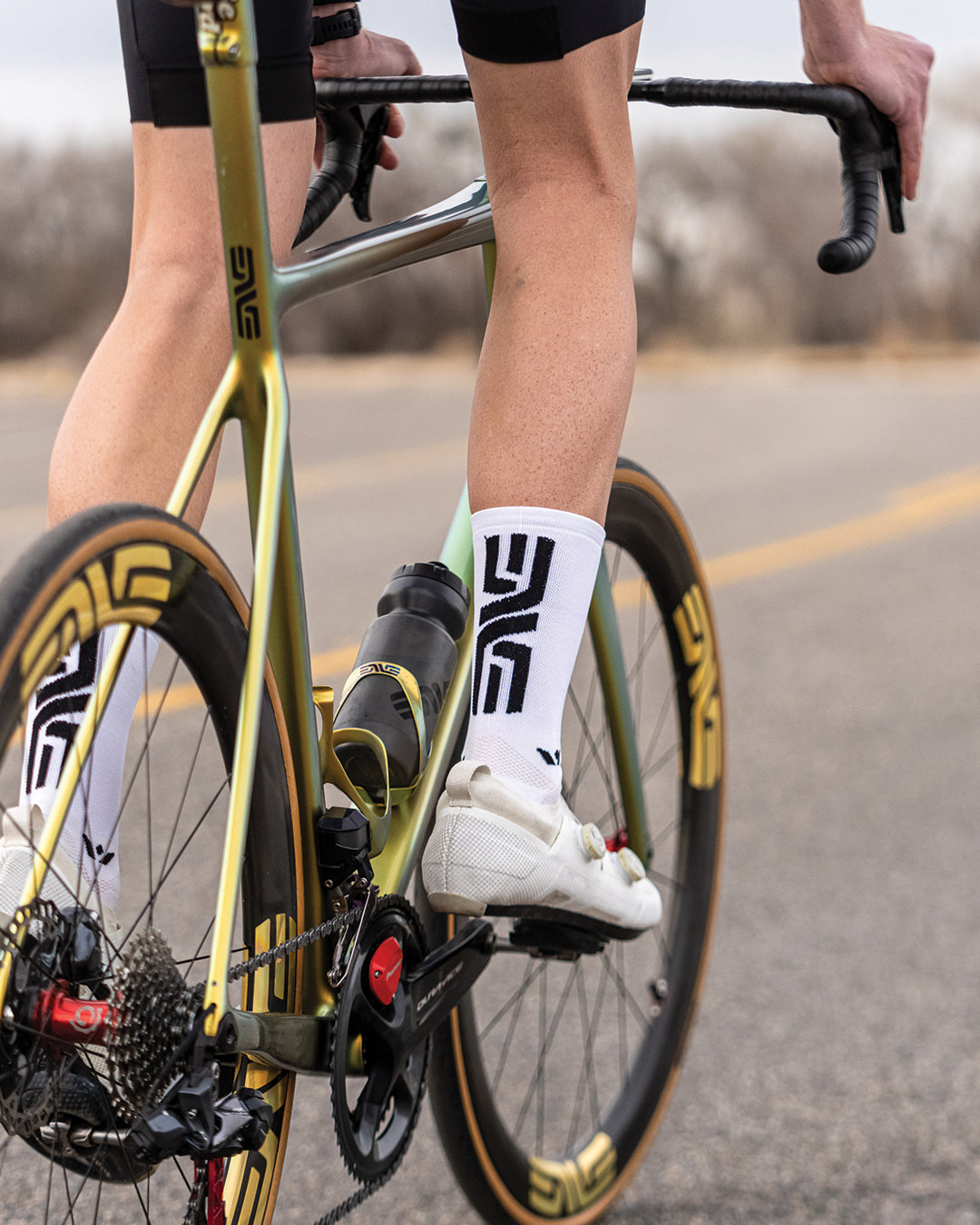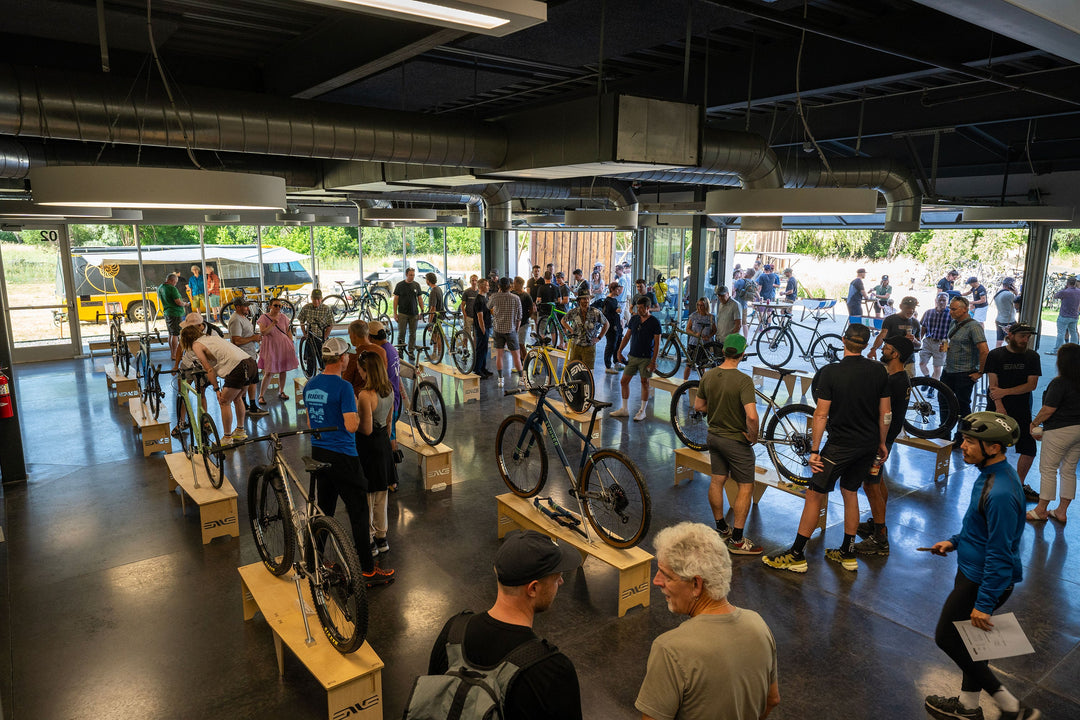2025 Giro d'Italia Preview
By Zach Nehr
Juan Ayuso and UAE Team Emirates–XRG come to the Giro d’Italia with big ambitions. The 22-year-old Spaniard earned his first WorldTour GC win at this year’s Tirreno-Adriatico, and now he is aiming for the top step of the podium at the Giro.
UAE Team Emirates dominated last year’s Giro with Tadej Pogačar, taking six stage wins and the KOM Classification along with the GC. Although Tadej will not be back to defend his title, it’s his teammate Ayuso who is tapped with keeping the Trofeo Senze Fine (Endless Trophy) within the team.
Ayuso has already won four races out of 17 this season, an incredible hit rate that few riders could dream of. But this will be Ayuso’s first-ever Giro d’Italia, so it’s a bit of uncharted territory for the young rider.
Nevertheless, Ayuso will be backed by a strong and well-balanced UAE Team Emirates–XRG squad, including experienced leaders Adam Yates and Rafał Majka. Let’s take a closer look at Juan Ayuso’s first attempt at the maglia rosa.
This is the 2025 Giro d’Italia preview.

The Giro Begins in Albania
The Giro will begin in the Albanian coastal city of Durrës. Despite its position along the Adriatic Sea, Durrës is not far from the mountains that the peloton will tackle in the opening stage. Less than 75 km into the Giro d’Italia, the peloton will begin climbing the 13.9 km-long Gracen, before descending towards two repetitions of the Surrel, a 4.9km Category 3 climb with an average gradient of 5.4%. It is all downhill to the finish after the Surrel, which means there won't be much time left to organize a chase if a rider tries to go clear on the final climb.
While Ayuso will be the GC leader for UAE Team Emirates–XRG, the team arrives at the Giro with plenty of attacking options. Riders like Jay Vine, Brandon McNulty, and Isaac Del Toro could certainly go on the attack in the Giro’s opening stage.
Equally strong in mountains and time trials, the team can attack at nearly any point in the Giro. Their versatility extends to their equipment, featuring Colnago’s new Y1Rs aero and V5Rs ultralight bikes, paired with ENVE’s SES 4.5 and 6.7 wheels—offering unmatched aerodynamics and rolling efficiency.
Ayuso will ride the SES 4.5 wheels in the Giro’s opening stage, which includes the 4.9 km Surrel with 15 km to go. This could be the perfect launchpad for him and UAE Team Emirates–XRG to take the maglia rosa on day one.
Stages 2 and 10 – Individual Time Trials
There are only 42.3 kilometers of time trialing in this year’s Giro d’Italia, and they are split between two stages. The first time that we’ll see the riders on their TT bikes is Stage 2 in Tirana, Albania. This 13.7 km TT includes a 1.2 km climb in the middle of the route, which could be just enough to favor the GC riders for the stage win. The climb only reaches gradients of 7%, so riders will stay in their aero position for nearly the entire time trial. The winner here will be someone who can put out a large amount of power in the TT position for about 15 minutes.
After the second rest day, the Giro features its second and final time trial, from Lucca to Pisa. This 28.6 km route is even flatter than the first TT, so it is all about speed for the GC men. With an expected winning time of 32-33 minutes, there could be big gaps created between the GC riders. UAE Team Emirates–XRG will be aiming for the win in both time trials, especially with riders like Ayuso and McNulty, who have been part of ENVE’s time trial development project that includes aero extensions, a new front wheel, and rear disc.

While most of the major mountain passes lie in the third week of the Giro, there is one key climb in the race’s opening week: Tagliacozzo.
It is the first serious uphill finish of the Giro, and while the categorized portion of the final climb averages just 5.4%, the final 2.6km averages 9.1%. With a total of 3,450 meters of elevation gain throughout Stage 7, this will certainly be one for the climbers and GC men. It is a finish well-suited for Ayuso, but also for his main GC rival, Primož Roglič.
After two weeks of sprints and medium mountain stages, the pure climbing begins on Stage 16 with what could easily be considered the Queen Stage of the Giro. Stage 16 offers 4,880 meters of climbing in 199 km, including the 17.5km final climb to San Valentino di Brentonico. Most of the climbs in Stage 16 include average gradients of 7-8%, favoring the lightweight climbers for one of the first times in this Giro.
There are many different ways to measure climbing performance, but here, we’ll use VAM to compare and contrast Pogačar’s estimated efforts. VAM is an acronym for the Italian phrase ‘velocità ascensionale media’, but colloquially, it has been English-translated to ‘vertical ascent in meters.’ In other words, VAM is an estimate of the number of vertical meters you climb per hour.
You can think of VAM like speed, but vertically. Instead of traveling horizontally at 20 kph or mph, you are climbing at a VAM of 500 vertical meters per hour, for example. VAM is strongly influenced by the length and gradient of a given climb – it’s easier to produce a higher VAM on shorter and steeper climbs, for example.
An exceptional VAM is >1,500 Vm/h on any given climb, while most amateur riders will be around 300-600 Vm/h. World-class VAM is >1,800 Vm/h, especially on longer climbs, in the heat, and up to high altitudes.
Sprints and Transition Stages
Most of the key climbs in this year’s Giro come in the final week, which leaves plenty of room for the sprinters and puncheurs in Stages 3-15.
The final stage in Albania includes the first major climb of the Giro in the Qafa e Llogarase, a 10.7 km climb with an average gradient of 7.3%. Though the climb will surely be difficult, it crests 38 km before the finish, which is more than enough to dissuade most attackers. As they often say in the first week of a Grand Tour, you cannot win the race on a stage like this, but you could certainly lose it. Anyone with bad legs in Stage 4 could lose all GC hopes if they are dropped on the Qafa e Llogarase.
The first true sprint stage of the Giro comes on the fourth day. With only 680 meters of climbing in the 187 km route, this stage will be one for the fast men. Stage 5 offers a hilly finale and with that, an opportunity for the puncheurs to go for the win. The route becomes hillier on Stage 6, but the sprinters should be able to take advantage of the largely flat finale.
Stages 8, 9, and 10 have the potential to turn the Giro on its head. First up is a hilly parcours from Guilianova to Castelraimondo. The peloton will tackle 3,775 meters of climbing in 177km, but there is only one Category 1 climb included in the route. That means the stage is filled with lumps and bumps from start to finish, including steep climbs in the final 20km of the stage.
Stage 9 features the white gravel roads of Siena, which fans will recognize from Strade Bianche. The first of five gravel sectors begins with 67 km to go, and each sector features at least one steep climb. Gradients upwards of 15% will force riders to push as hard as they can in the saddle to maintain traction on the gravel. While the gravel sectors end with 15km to go, there are three more climbs until the finish, including the 700m climb to Siena. This is another one of those stages where you cannot necessarily win the Giro d'Italia, but you could certainly lose it with a crash or ill-timed puncture.
Following the second individual time trial, Stages 11-14 offer a mix of opportunities for the sprinters and puncheurs. The early breakaways will also have a chance at the stage win, especially on Stages 11 and 14. The race returns to the mountains on Stage 15, with the mythical Monte Grappa in the middle of the parcours. However, Monte Grappa is literally in the middle of the stage, so it's unlikely there will be any attacks from the GC contenders.
Key Climbs
San Valentino di Brentonico – 2025 Giro d’Italia Stage 16
Estimated Time: 45 minutes
Estimated VAM: 1,550 Vm/h

One could make the argument that either Stage 16 or Stage 19 is the Queen Stage of the Giro. The latter packs 4,920 meters of climbing into 166 km, making it the stage with the highest amount of climbing per kilometer in this year's race. However, the climbs become less steep as Stage 19 goes on, with the final climb being the easiest of the day – the Antagnod has an average gradient of only 4.5% and crests with 5.5km to go. While the finale won't be overly challenging, the stage as a whole could be the hardest in this year's Giro.
Stages 16 and 19 are the most likely scenarios in which we will see Ayuso and UAE Team Emirates–XRG donning the climbing-specific ENVE SES 2.3 wheels. Ayuso will likely be climbing for 3-4 hours during these 5 to 6-hour stages, which means that he and the team want to save as much weight as possible.
We cannot forget about the Passo del Mortirolo, featured in Stage 17. But this time, the Giro will climb up the easier side: 12.7km with an average gradient of 7.6%. The Mortirolo crests 48 km before the finish, so it's unlikely to play a major role in the GC battle. However, there is another infamous climb that will play a vital role in the outcome of the Giro: the Colle delle Finestre.
Stage 20 is the final GC day of the Giro, offering the last opportunity for the climbers to attack. After a long warmup of 157 km, the peloton will begin the 18.2km ascent of the Colle delle Finestre. It is the only HC climb featured in this year's Giro, and with an average gradient of 9.2%, it will inflict serious damage on the peloton. As if the climb wasn't already hard enough, the final 8km will be on gravel. This is also the Cima Coppi of the Giro, the highest point in the race, reaching 2,171 meters at the summit. But that's not all. After a brief descent, the road kicks up again for the final 16 km climb to Sestriere. While the average gradient is only 3.9%, the road steepens all the way to the finish line, with the final 6km averaging nearly 7%.
The Colle delle Finestre could make or break the entire Giro, just as it did in 2018 when Chris Froome took the maglia rosa with a famous long-range attack. It will take the riders around an hour to finish the ascent, which could cause major time gaps after three weeks of racing.
Colle delle Finestre – 2025 Giro d’Italia Stage 20
Estimated Time: 58 minutes
Estimated VAM: 1,650 Vm/h

The final stage in Rome is a 50kph procession for the GC riders, while the sprinters will get one last opportunity at glory. And with that, the 2025 Giro d'Italia will come to a close.
Conclusion
The 2025 Giro d’Italia is a massive opportunity for Juan Ayuso. The 22-year-old has already had a stellar season, including two stage wins and the GC victory at Tirreno-Adriatico. But he will face more than one formidable foe at this Giro.
While Primož Roglič might grab the headlines, you cannot ignore Grand Tour winners Richard Carapaz, Egan Bernal, Jai Hindley, and Adam Yates, who will also be on the start line. Mikel Landa has twice finished 3rd in GC at the Giro, and Romain Bardet will be riding one of his final races at this Giro before retiring in June.
The sprint field at this year’s Giro is filled with punchy all-rounders rather than pure flat-land sprinters. Kaden Groves, Wout Van Aert, Mads Pedersen, Sam Bennett, and Paul Magnier are ones to watch out for, but do not discount riders like Tom Pidcock from contesting the more challenging sprint stages.
Ayuso is a threat to win almost any stage in this year’s Giro. The Spaniard can climb, sprint, and time trial with the best riders in the world. He has been quiet in his build-up to the Giro, with his last race being the Volta Ciclista a Catalunya in March. Backed by a strong squad from UAE Team Emirates–XRG, you can bet that Ayuso will come out swinging at this year’s Giro d’Italia.


